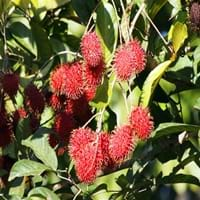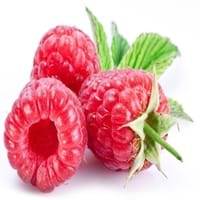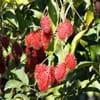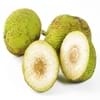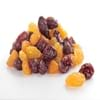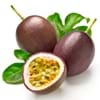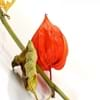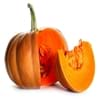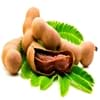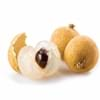Health Benefits
Anti-oxidant properties, Boosts immune system, Skin rejuvenation, Strengthening of bones
Cancer prevention, Heart care, Prevents macular degeneration, Reduces blood circulation problems
General Benefits
Antiseptic properties, Cures headache, Removes waste from kidney
Anti-inflammatory properties, Controls blood sugar levels, Digestive aid, Eye care, Helps in weight loss
Skin Benefits
Hydrates skin
Anti-aging benefits, Brightens and lightens complexion
Hair Benefits
Good conditioner
Acts as moisturizer, Regulates hair growth, Shiny hair
Allergy Symptoms
Chest pains, Rhinitis, Wheezing
Breathing difficulty, Eczema, Hives, Itching, Nasal congestion, Runny nose, Sneezing, Watery eyes, Wheezing
Side Effects
Unknown
Allergic reaction
Best Time to Eat
As a snack in the late afternoon, Don't consume at night and before bed, Eat the fresh ones, avoid mixing with any other foods, don't eat after meal., Morning time (before lunch)
Best if taken as a breakfast (or empty stomach), As a snack in the late afternoon, Don't eat after meal, Morning time (before lunch)
Vitamin B5 (Pantothenic Acid)
Vitamin C (Ascorbic Acid)
Vitamin K (Phyllochinone)
Phytosterol
Not Available
Calories in Fresh Fruit with Peel
Calories in Fresh Fruit without Peel
Not Available
Not Available
Calories in Jam
Not Available
Calories in Pie
Not Available
Type
Tree fruit, Tropical
Berry
Season
Early summer, Early winter, Late fall, Late spring
Summer
Varieties
Rongrien, Chompu, Rapiah, Bingjai and Lebak Bulus
Amity, August Red, Boyne, Canby, Caroline, Comet, Dinkum, Dorman Red, Latham, Meeker, Black Hawk, Hayda, Lauren, Meeker and Latham
Color
Coral red, Yellow
Black, Purple, Red, Yellow
Inside Color
Greyish-white
Pink
Origin
Unknown
Europe, North Asia
Soil Type
Clay, Loam
Sandy loam
Climatic Conditions
Humid
Cold
Facts about
- Oils extracted from its seeds is used to make soaps and candles.
- 'Rambut' means hairy in Malay.
- It makes the best hair mask.
- Seeds are edible and healthy too.
- There are more than 200 varieties of raspberries.
- In USA, 90% of the raspberries are grown in Washington, California and Oregon.
- They do not ripe after they are picked.
- A raspberry contain 100 to 120 seeds.
Top Producer
Thailand
Russia
Other Countries
Africa, India, Indonesia, Malaysia, Philippines, Sri Lanka
Azerbaijan, Canada, Mexico, Poland, Serbia, Spain, Ukraine, United Kingdom, United States of America
Top Importer
Singapore
United States of America
Top Exporter
Thailand
Poland
Botanical Name
Nephelium lappaceum
Rubus Idaeus
Synonym
Rambota
Not Available
Subkingdom
Tracheobionta
Tracheobionta
Division
Tracheophyta
Magnoliophyta
Class
Magnoliopsida
Magnoliopsida
Family
Sapindaceae
Rosaceae
Species
N. lappaceum
R. idaeus
Generic Group
Not Available
Rose
Difference Between Rambutan and Raspberry
We might think that Rambutan and Raspberry are similar with respect to nutritional value and health benefits. But the nutrient content of both fruits is different. Rambutan and Raspberry Facts such as their taste, shape, color, and size are also distinct. The difference between Rambutan and Raspberry is explained here.
The amount of calories in 100 gm of fresh Rambutan and Raspberry with peel is 69.00 kcal and 53.00 kcal and the amount of calories without peel is Not Available and Not Available respectively. Thus, Rambutan and Raspberry belong to High Calorie Fruits and Low Calorie Fruits category.These fruits might or might not differ with respect to their scientific classification. The order of Rambutan and Raspberry is Sapindales and Rosales respectively. Rambutan belongs to Sapindaceae family and Raspberry belongs to Rosaceae family. Rambutan belongs to Nephelium genus of N. lappaceum species and Raspberry belongs to Rubus genus of R. idaeus species. Beings plants, both fruits belong to Plantae Kingdom.
